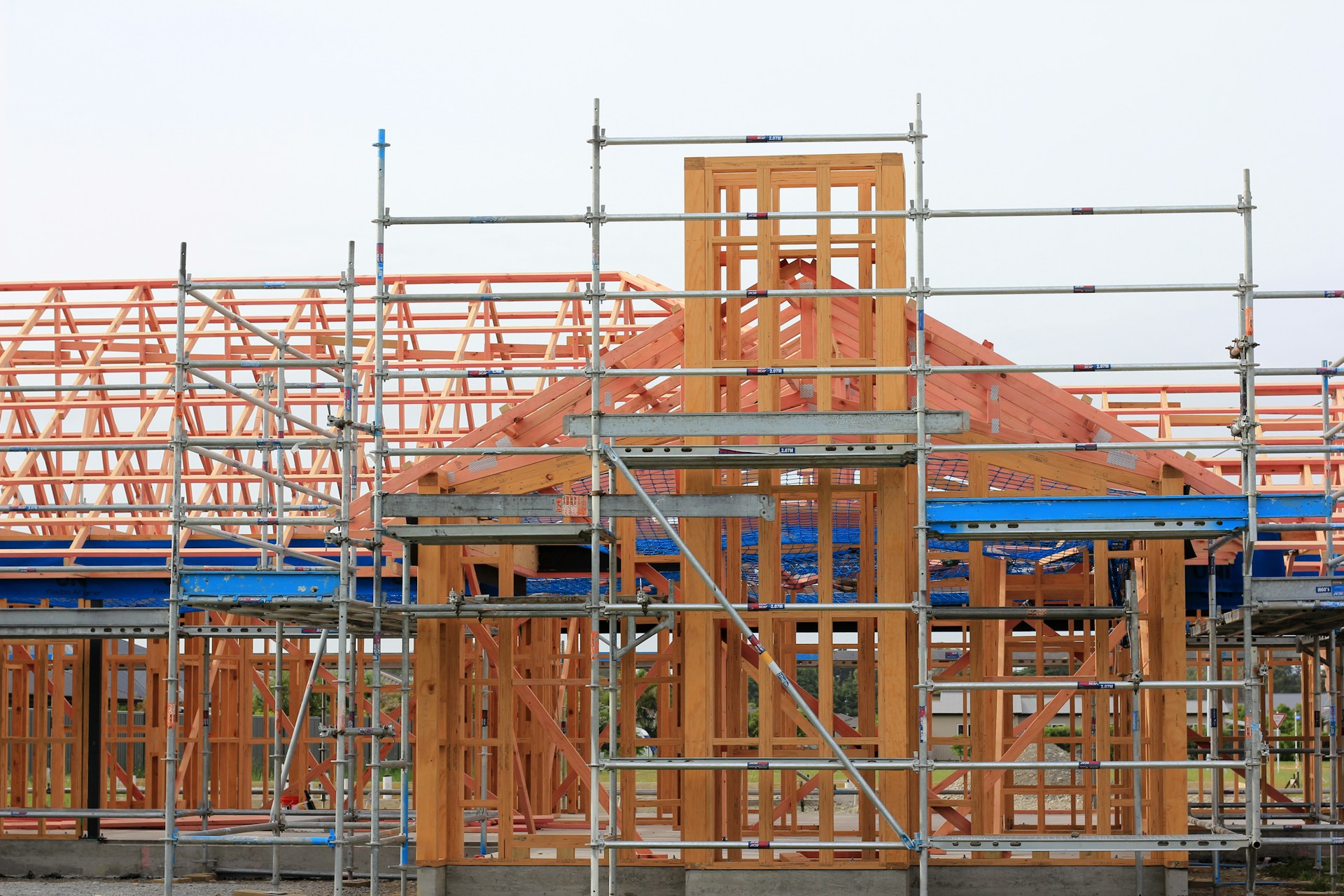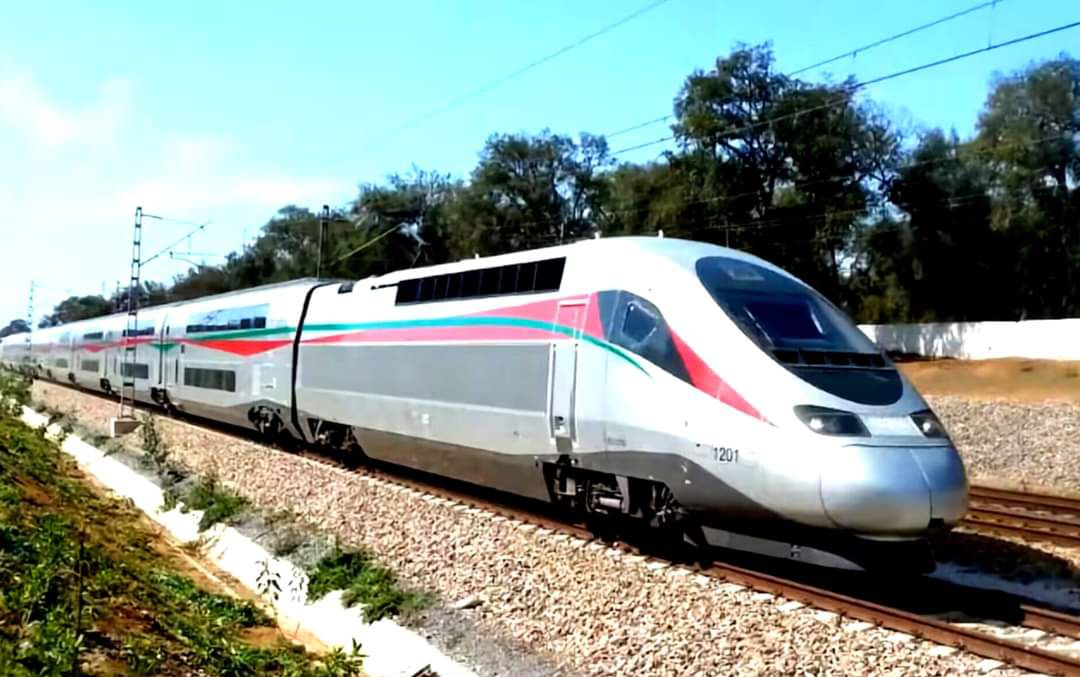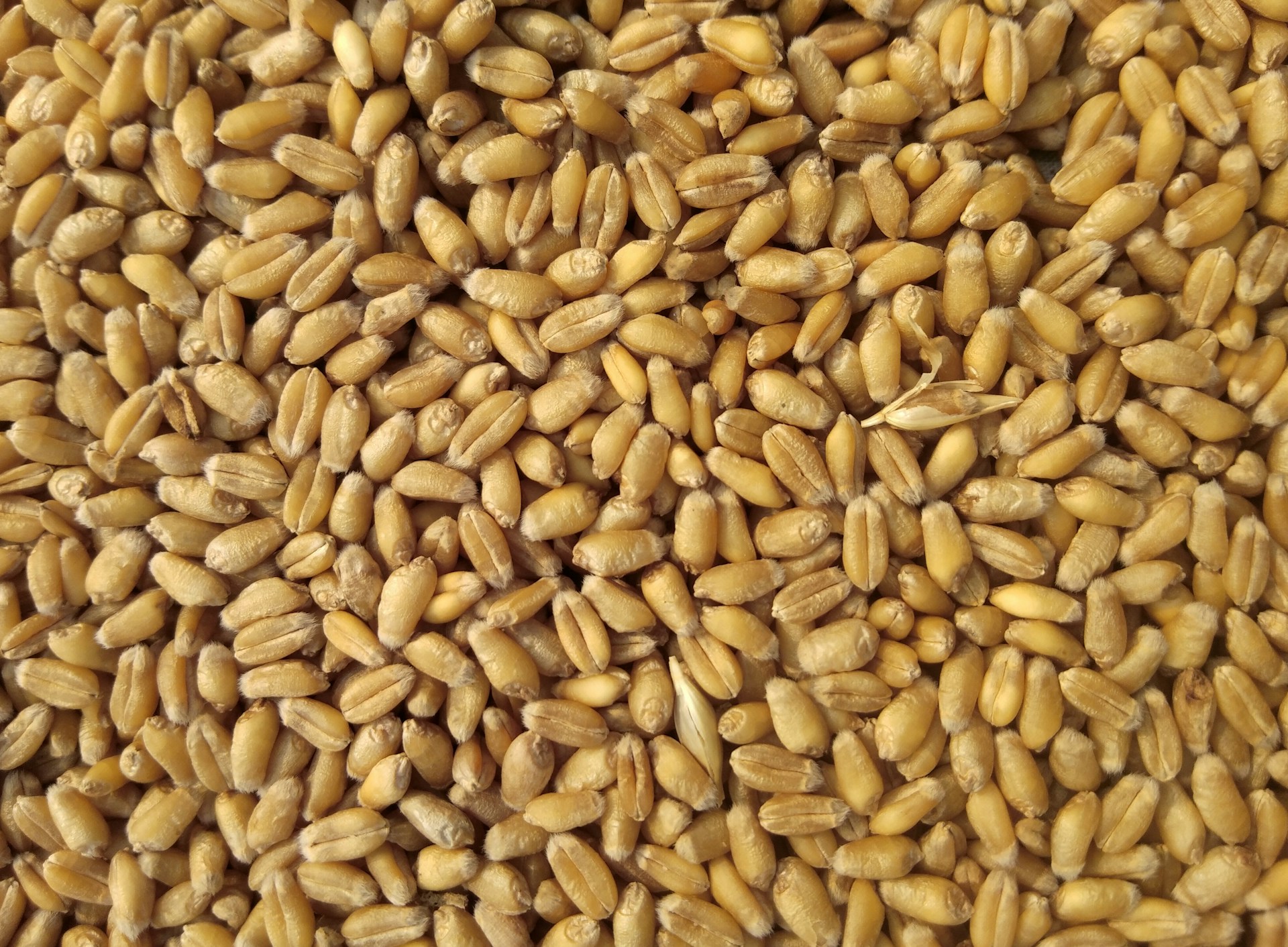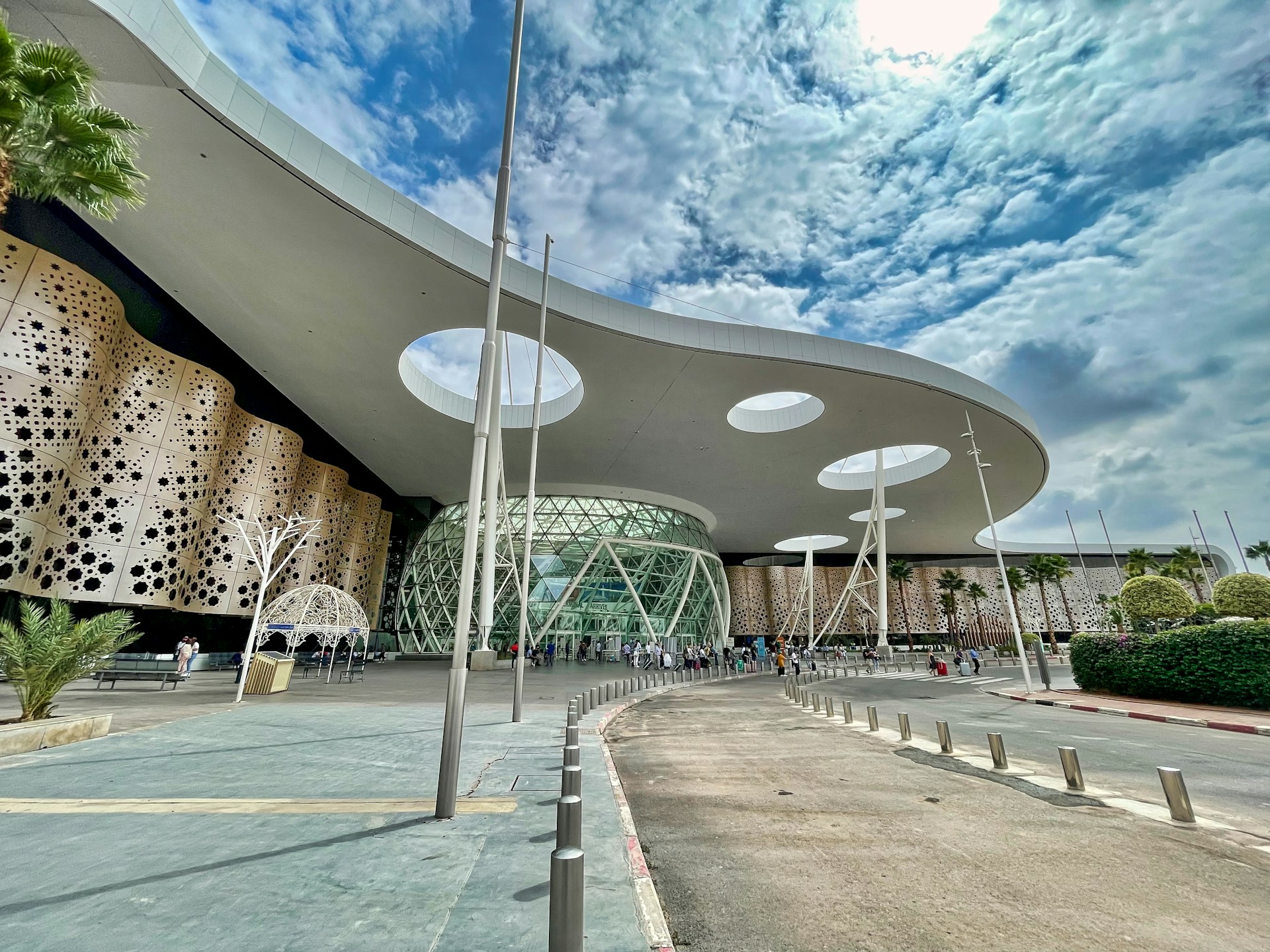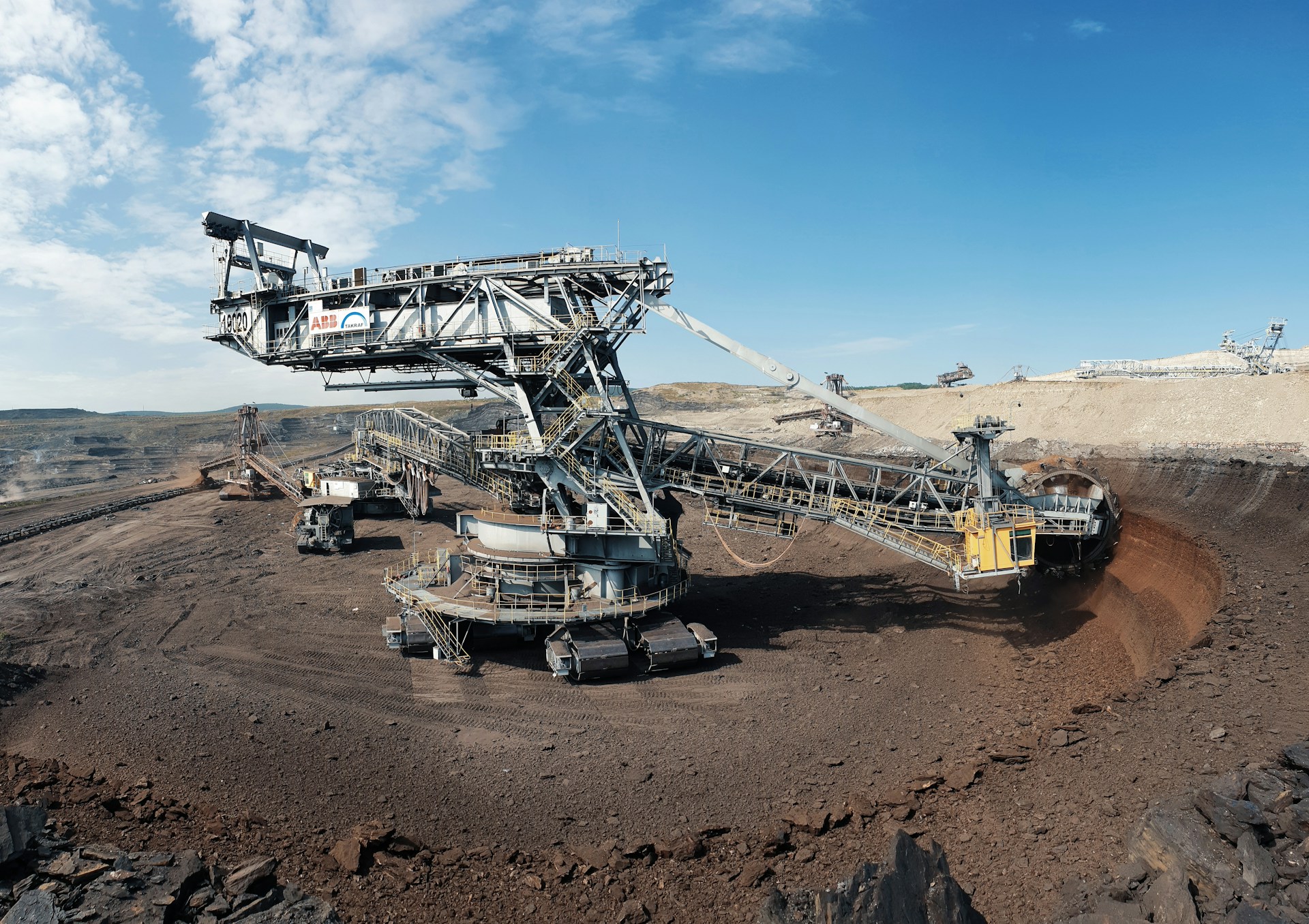Casablanca – Morocco is witnessing a significant economic revival driven by strategic interventions aimed at boosting the housing sector and advancing infrastructure projects in anticipation of the 2030 World Cup. In addition to reinvigorating the real estate market, these initiatives are redefining the banking landscape, with financial institutions showing renewed interest in supporting construction ventures.
After a prolonged period of dormancy marked by sluggish demand and soaring material costs exacerbated by global disruptions and the aftermath of the COVID-19 pandemic, the real estate sector in Morocco is experiencing a notable resurgence. Key indicators, such as increased loan disbursements and robust cement sales, point towards a burgeoning construction sector.
Recent data from the Bank of Morocco reveals a 4.3% surge in loans extended to revitalized real estate developers in March compared to the same period in 2023, reaching an total of 53.8 billion dirhams (approximately $5.55 billion). Similarly, loans directed towards the construction sector have witnessed a 16% increase in the first quarters of this year, totaling 96.6 billion dirhams (approximately $9.958 billion). This surge in lending activity is complemented by a 3.5% rise in cement sales, indicative of heightened construction activity.
Central to this resurgence is Morocco’s housing support program, which has injected much-needed liquidity into the real estate market. By providing direct financial assistance and incentivizing investment in affordable housing, the program has stimulated demand and facilitated the development of new real estate projects. This surge in demand has not only fueled construction activity but has also reduced credit risk for banks, thereby enhancing their willingness to finance real estate ventures.
Moreover, the Moroccan government’s commitment to infrastructure development has further bolstered investor confidence and incentivized lending. With public investments totaling 64 billion dirhams (approximately $6.60 billion) allocated for various infrastructure projects, These investments are distributed among various sectors, including 15 billion dirhams (approximately $1.54 billion) directed towards water projects, 14 billion dirhams(approximately $1.44 billion) for roads and highways, 10.6 billion dirhams (approximately $1.09 billion) for ports, and 24.6 billion dirhams (approximately $2.53 billion) for public facilities.
The housing support program aims to address longstanding challenges within the real estate market, such as the shortage of affordable housing and limited access to financing for revitalized real estate developers. Despite these challenges, the program’s comprehensive approach to stimulating demand and reducing credit risk for banks is expected to yield positive outcomes for the real estate sector and the broader economy.






